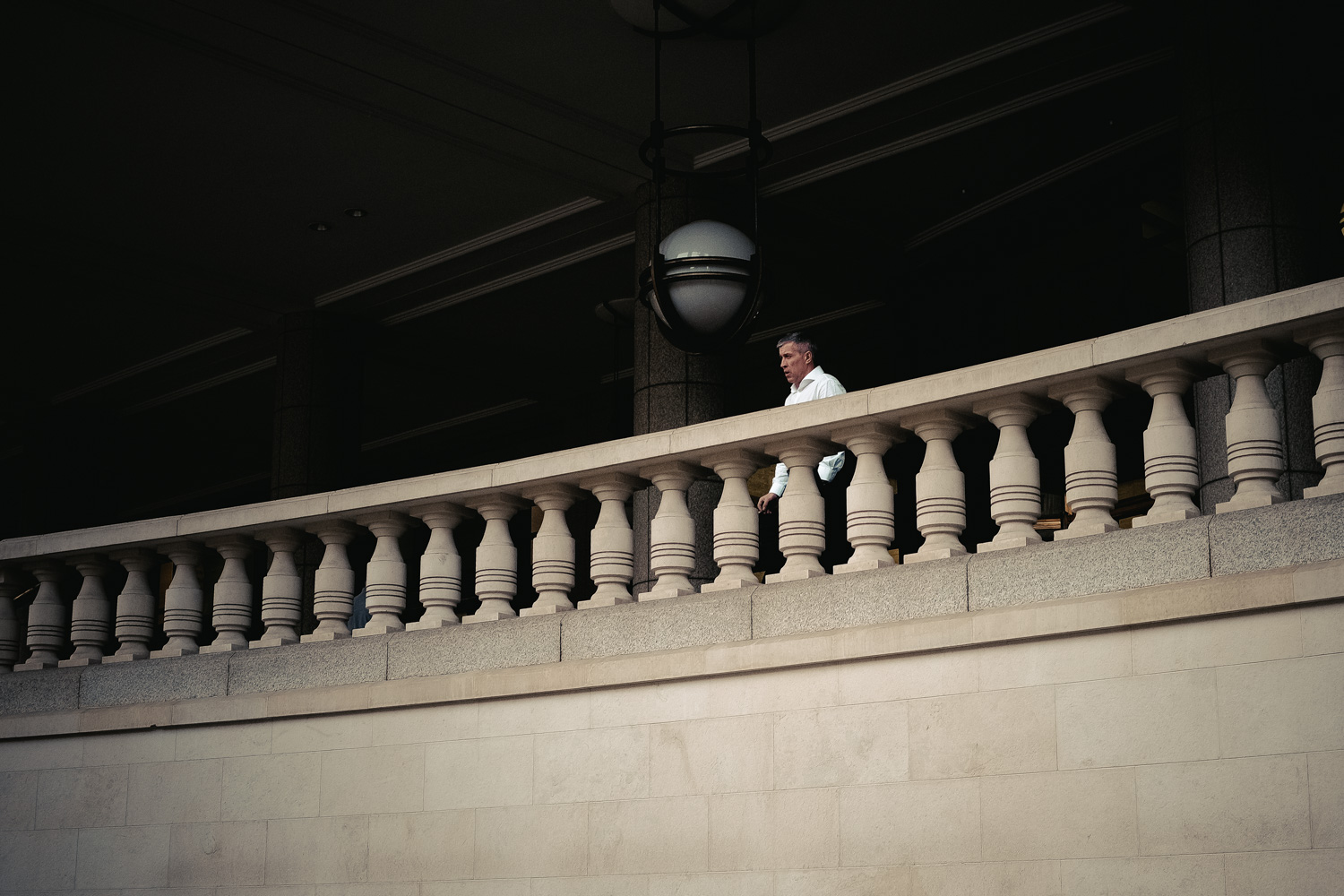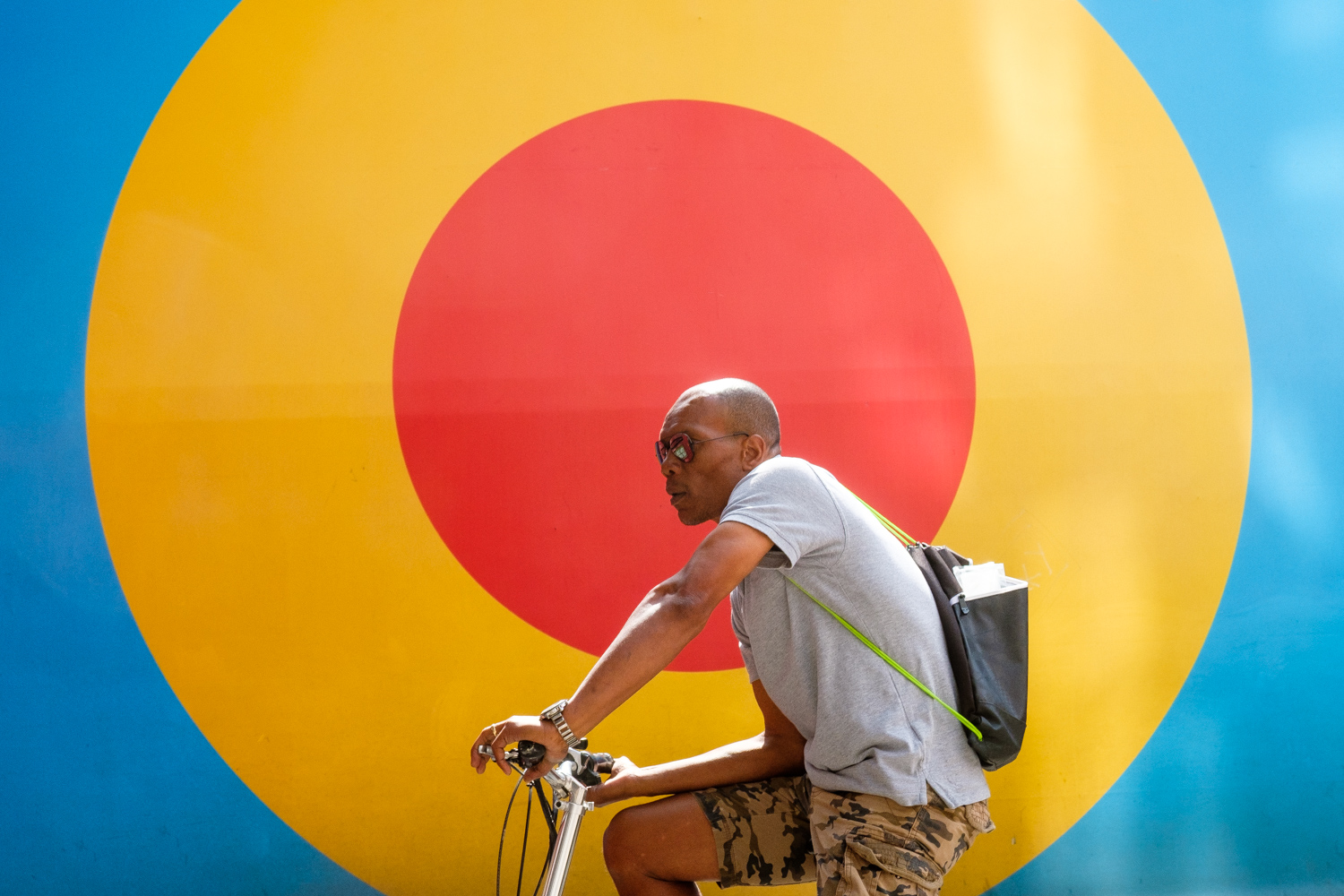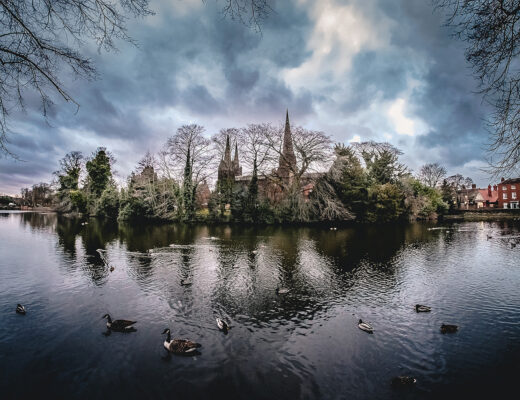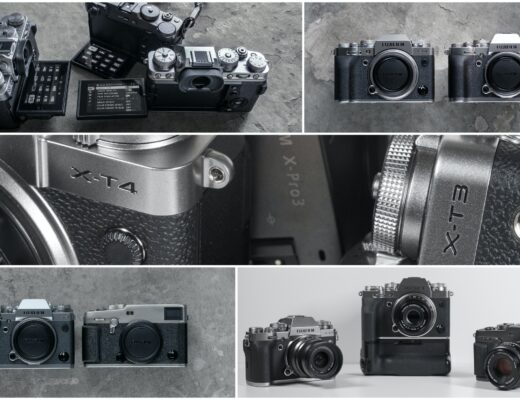So you’ve bought yourself a Fuji X series interchangeable lens camera and you are really into street photography. So the next question is, what is the best lens for this genre? Of course, if you already own the X100, then you would be used to shooting with the 23mm (35mm equivalent) lens that’s welded to the body!
LATEST UPDATE: this article has been updated by Gary Perlmutter in February 2017.
However, one of the advantages of the X-T10, X-T1 or 2, X-Pro 1 or 2 or X-E1 or 2, is that now you have a choice. So which one should you choose? Well, the great thing about Fuji is that there is a great selection to choose from, with more lenses being added to their stunning range as time goes on. I am going to exclude zoom lenses from this list, as most purist street photographers prefer to shoot with fixed focal length prime lenses. The reasons being that, generally, they are faster optics and also not ‘zooming’ is one less thing to think about when trying to capture that ‘decisive moment’.
Firstly, let’s talk about what is the best focal length for street photography. Well, it’s generally accepted by most street photographers that, as mentioned earlier, 35mm (in this paragraph, I will be referring to the full frame equivalent focal length) is the most suitable. The reason being that you will capture both your subject and include sufficient background to tell your story and put your ‘characters’ in context. However, if you are constantly finding that you are cropping your photos in postproduction, then perhaps you should consider a longer focal length. If so, then 40 or 50mm equivalents would be better. Alternatively, if you are really brave and comfortable with being closer to your subjects, then a 27mm equivalent lens might be more appropriate for you. For myself, after many years of doing street photography, I have found that a 50 or 40mm equivalent works best for me most of the time. Occasionally, I’ll use something wider, if the subject is mainly architecture with human interest and I want to show more of the building.
So, with the above in mind, let’s take a look at what Fuji offers. As far as primes are concerned, the contenders in my opinion are the following:
18mm f2.0
23mm f1.4
23mm f2.0
27mm f2.8
35mm f1.4
35mm f2.0
50mm f2.0 (due soon)
56mm f1.2
Let’s go through each one in turn.
The 18mm (27mm equivalent) was one of the original XF lenses. It’s very compact, with a nice fast aperture of f2.0 and an aperture ring. The downsides are that, optically, it’s not quite in the same league as newer offerings.
The 23mm (35mm equivalent) is often seen by most street photographers as the ideal focal length. This is why it features on the X100. Let’s look at the original version first.
The f1.4 is a great wide aperture great for shooting in low light. It also is one of only a few XF lenses that feature a depth of field scale: this is great if you like to zone focus when shooting street. It’s very sharp lens. The only real downside is it’s quite large and more expensive than most of the others here.
The new f2.0 is probably a far more useful street photographer’s lens. It’s much smaller and lighter than the 1.4. It’s also much faster to focus and quieter in operation. It lacks the depth of field scale however. The shape is the same design as the 35mm f2.0, so looks great on the X-Pro series and also the design blocks out less of the optical viewfinder on that camera. One final point is that it’s weather resistant, so again very useful when out on the streets.
The 27mm (41mm equivalent) is often forgotten about or overlooked by many. However, I think it’s a great lens for the following reasons: it’s a super compact (pancake) lens that, when fitted to an X-E1 or 2 or even the X-T1 or 2, the outfit becomes practically the same size as the X100! Secondly, it’s super sharp and very quick to focus. It’s true that the downsides are the aperture is modest at f2.8 and there is no aperture ring. However, on the plus side, it’s one of the cheapest XF lenses to purchase!
The 35mm (53mm equivalent) like the 18mm, is one of the original XF range. So being relatively old it too, is not the fastest AF of the crop. However its f1.4 aperture is really useful in low light, has great bokeh (background blur) and has a marked aperture ring.
The newer f2.0 version that was released last year is I feel a much better version for shooting on the street. The reasons are that it’s weather resistant, it’s also much faster to focus and quieter on operation than the f 1.4. Again like the new 23mm f2.0 above it’s been designed to work perfectly with the X-Pro series of cameras when using the optical viewfinder.
Finally the 56mm (85mm equivalent) comes in two versions. The APD variant is more expensive but offers a nicer bokeh, which is not what most street shooters look for, generally. So my recommendation would be to stick to the cheaper, original version. It has the fastest aperture available of all the Fujinon lenses at f1.2 and is a super sharp lens. Perhaps this focal length is a little long for our purposes and more suited to posed street portraiture than candid work.
A new 50mm (75mm full frame equivalent) f/2.0 lens is rumoured to be announced this month. From pictures I have seen leaked online its design is the same as the new 23mm and 35mm lenses. So again should work really well with the X-Pro series.
Summary
As you can see from the above, as Fuji users we are spoilt for choice. My personal favourites are the 23mm f2.0, 27mm f2.8 (cheap and super compact) and 35mm f2.0 lenses.


























